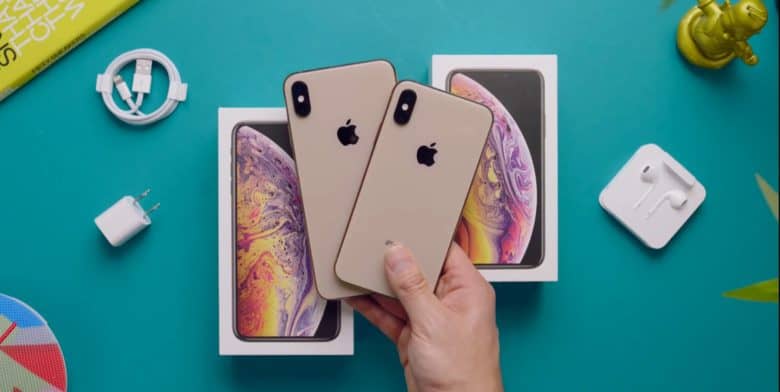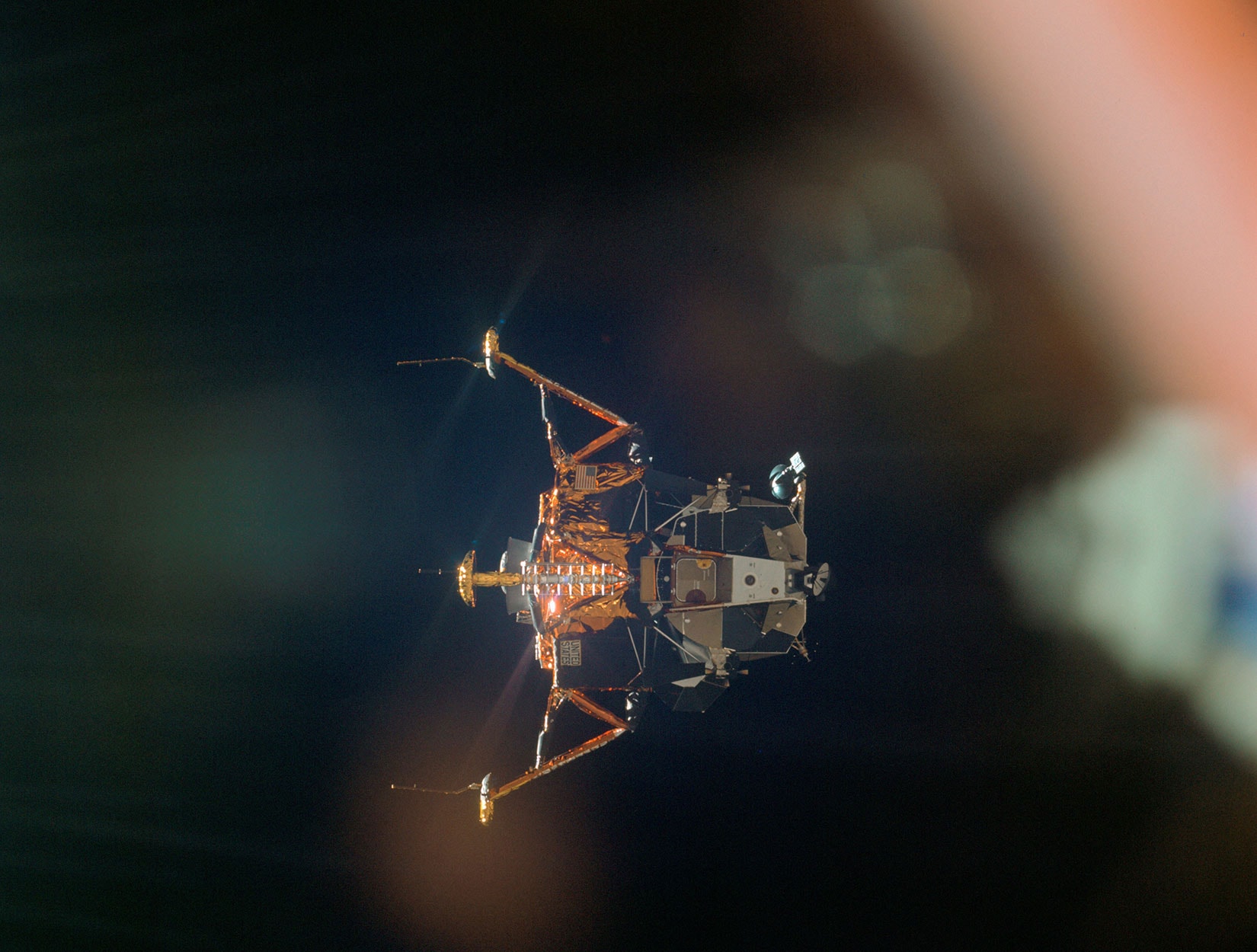My father worked on an engineering team that designed the housing that held the components for the guidance computer onboard Apollo 11.
Just this morning, I read an article looking back on the 50 years since man first landed on the moon. I read the story on my iPhone, which delivers 100,000 times the processing power of the computer that got Neil Armstrong and Buzz Aldrin to the lunar surface.
Time and again, we hear how our devices — even the smallest ones — are more powerful than those used by early astronauts.
But this being the year of a significant anniversary, scientists and tech publications have been calculating just how big that power gap is.
Apollo Guidance Computer vs. iPhone by the numbers
Writing for The Conversation, University of Nottingham computer science professor Graham Kendall added more awe to the historic feat. He compared RAM (random access memory) and ROM (read-only memory) for both computers.
The Apollo Guidance Computer had 32,768 bits of RAM, which comes out to 2,048 words. The computer also held 72KB (equal to 589,824 bits) of ROM.
“A single alphabetical character — say an ‘a’ or a ‘b’ — typically requires eight bits to be stored,” Kendal wrote. “That means the Apollo 11 computer would not be able to store this article in its 32,768 bits of RAM. Compare that to your mobile phone or an MP3 player and you can appreciate that they are able to store much more, often containing thousands of emails, songs and photographs.”
An iPhone with 4GB of RAM (that’s 34,359,738,368 bits) packs more than 1 million times more memory than the Apollo computer. Comparing ROM, a 512GB iPhone is 7 million times more powerful than the guidance computer.
iPhone could handle 120 million moon missions at once

Screenshot: Jonathan Morrison
The processor on the Apollo 11 computer ran at .043 MHz. The latest iPhone processor runs at an estimated 2,490 MHz, offering 100,000 times more processing power, Kendall said.
The science publication ZME Science also compared processing speeds of the two computers. Even with the now-ancient iPhone 6, Apple’s A8 ARM architecture held about 1.6 billion transistors capable of processing 3.36 billion instructions per second. That makes it 120 million times faster than the computer guiding Apollo.
“You wouldn’t be wrong in saying an iPhone could be used to guide (120 million) Apollo-era spacecraft to the moon, all at the same time,” author Tibi Puiu wrote for ZME Science. “To be fair, these sort of comparisons aren’t very honorable. It’s like making a side by side comparison between the first airplanes designed by the Wright Brothers with an F-18 fighter. Sure, both could fly but the two are technologically speaking worlds apart.”


